Are you tired of sneezing, a runny nose, itchy eyes, or congestion?
Well, you might be experiencing seasonal allergies, commonly known as hay fever.
Because Spring is a time when trees start to bud, flowers bloom, and the grass grows.
These changes in our environment lead to the release of pollen into the air, which is one of the most common allergens that triggers seasonal allergies in many people.
What causes seasonal allergies?
When exposed to pollen, our body’s immune system reacts by releasing histamines, which cause inflammation, sneezing, itching, and sinus congestion.

Common allergens include pollen from trees, grasses, and weeds, as well as mold spores.
Elevated levels of moisture and humidity during the spring season can also contribute to the growth of mold and fungi, which can further exacerbate seasonal allergies and sinus congestion.
This combination of environmental factors during the spring season makes it a common time for individuals to experience allergies and sinus congestion.
Allergies can also lead to general discomfort, fatigue, irritability, and difficulty sleeping due to these symptoms.
Sinus congestion is caused by blocked nasal passages
Sinus congestion occurs when there is an accumulation of mucus in the sinuses.
When your sinuses can’t drain properly, it can cause:
- Pressure and pain around the head, nose, and face
- Difficulty concentrating and lower productivity
- Fatigue and poor sleep quality

If you're experiencing any of these symptoms, keep reading to learn how you can find relief.
How to find relief from sinus congestion through lymphatic drainage
Lymphatic drainage is a technique that assists in removing excess lymph fluid from the body, including the nasal cavity, which can help alleviate sinus congestion.
By increasing lymphatic flow, lymphatic drainage stimulates the body's natural immune response and reduces inflammation in the sinuses.
This can help reduce the frequency and intensity of sinus headaches and relieve pressure in the upper respiratory system.
Additionally, lymphatic drainage can help strengthen the immune system, allowing the body to better fight infections and prevent future episodes of sinus congestion.
Overall, lymphatic drainage is a non-invasive way to alleviate sinus congestion and one of the most effective ways to do this is by using a gua sha tool.
What is Gua Sha?
Gua sha is a traditional Chinese healing practice that involves scraping the skin with a flat, curved, or pointed tool to promote healing and reduce inflammation.
This ancient technique has been used for centuries to relieve a variety of health concerns, including blood stasis, stagnation, or deficiency.
Let’s explore the benefits of gua sha for allergy relief, how to use a gua sha tool, and what to expect during a gua sha facial massage session.
Gua Sha for Sinus Relief: A Natural Way to Breathe Easier
Gua sha facial massage stimulates the lymphatic system, which is responsible for removing wastes and fluids from the face and body.
When the lymphatic system is congested, it can contribute to sinus pressure and headaches.
When used for sinus relief, this technique helps drain excess fluid, clear blockages, and support the body’s natural detoxification process.

In addition, gua sha increases blood flow to the face, which can help to reduce inflammation and promote healing.
This increased blood flow also helps to bring fresh oxygen and nutrients to the sinuses, which can help to speed up the healing process.
How to Use Gua Sha for Allergy and Sinus Relief
To perform gua sha, you will need a gua sha tool, which is typically made of gemstones such as quartz, jade, or amethyst.

A gua sha tool typically has curved or pointed edges (or both), and the shape you choose will depend on the area of the face you want to target.
For best results when it comes to allergy relief, a wand shape gua sha tool is recommended.
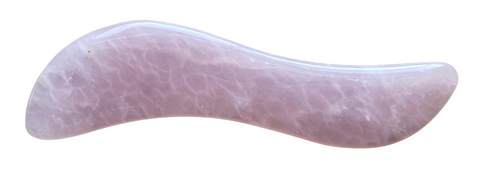
With its pointy ends and a long slender shape, a wand shape gua sha is perfect for providing targeted relief to various acupressure points throughout the nasal cavity.
Why Gua Sha is a Game-Changer for Sinus Health
By incorporatinggua sha for sinus relief into your self-care routine, you can:
- Reduce puffiness and inflammation
- Promote sinus drainage and decongestion
- Improve circulation and oxygen flow to the skin
- Relieve tension headaches and facial pressure
Many people experience instant relief after a gua sha facial massage, with noticeable improvements in breathing and sinus clarity.
Directions for gua sha for allergy relief
- To perform gua sha, first cleanse your face, spray with a hydrating facial mist and apply facial oil to help your gua sha tool glide smoothly over the skin.
- Starting between and at the inner edge of the brow bones, hold tool(s) at a 45 degree angle and gently massage in small circular motions.
- Using the curved edge, gently sweep over brows towards the temples.
- Next, move to the sinus area while holding the tool at a 45 degree angle, use the curved edge of the gua sha tool to apply gentle pressure along the nasal cavity.
- Continue to move the tool(s) down towards the base of the nose and underneath the cheekbones while massaging in small circular motions.
- Using the curved edge, gently glide tool(s) over cheek towards the ear lobe.
- Glide tool(s) down the side of the neck towards the collarbone to boost lymphatic drainage.
- Perform this technique as often as needed.
- Clean your tool(s) with a mild soap cleanser, dry completely, and store
Remember, it’s important to use gentle pressure when performing facial gua sha massage, as the goal is to stimulate and promote flow, not to cause pain or damage
Also, remember to focus on areas where you are experiencing sinus pressure and congestion.
Want to learn more?
Sign up for my free step-by-step video tutorial & guide to get the most out of your gua sha tool for allergy and congestion relief.

What to expect after your gua sha facial massage
After a gua sha session, you may experience sinus decongestion and relief from allergy symptoms
It is common to experience some drainage of mucus or other fluids from the sinuses, which is a sign that your gua sha tool has helped to clear your sinuses.
In addition to relieving sinus pressure and congestion, gua sha can also help to reduce fine lines and wrinkles, promote a brighter complexion, and improve the overall health and appearance of the skin.
It’s time to say goodbye to seasonal allergies and hello to a happier, healthier you!
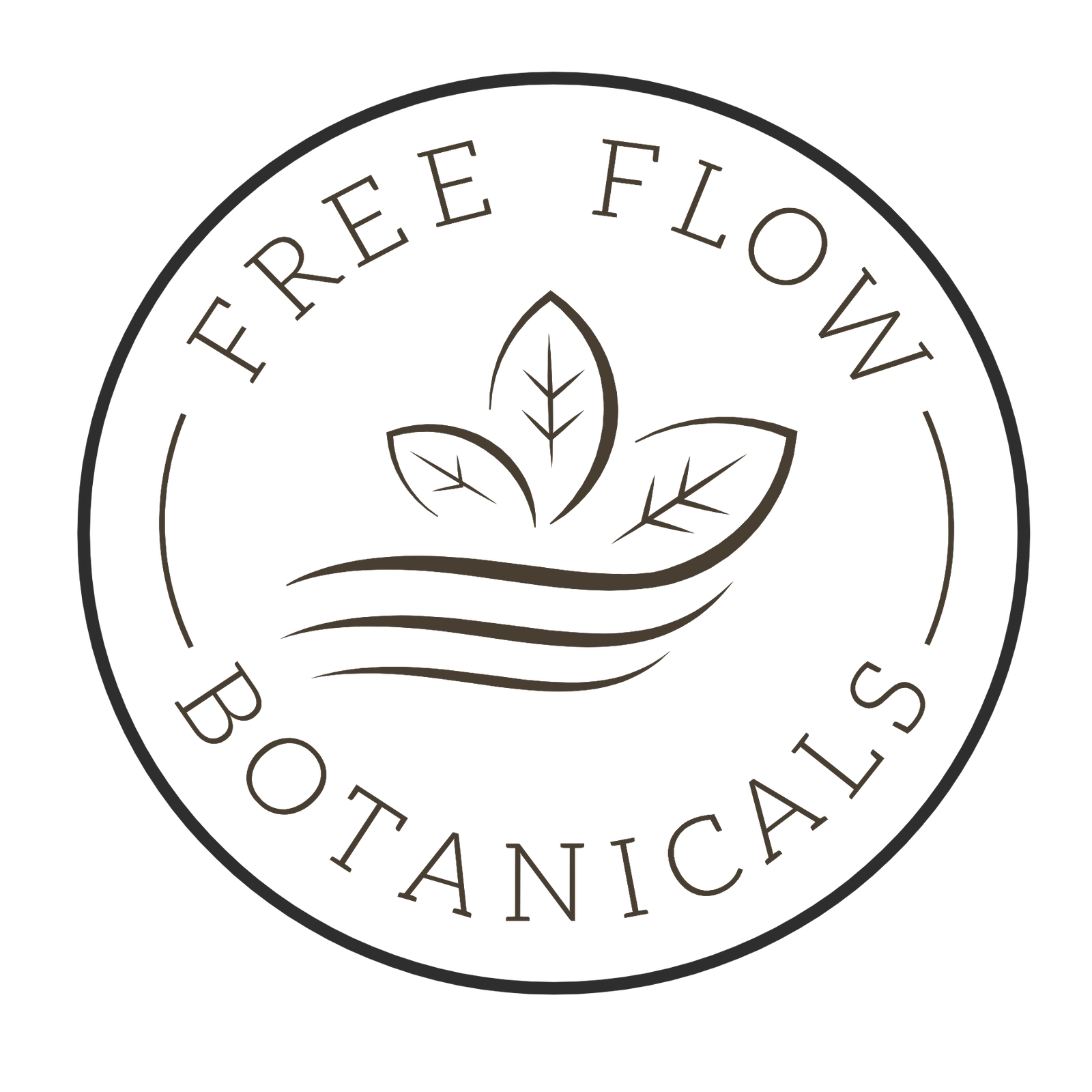
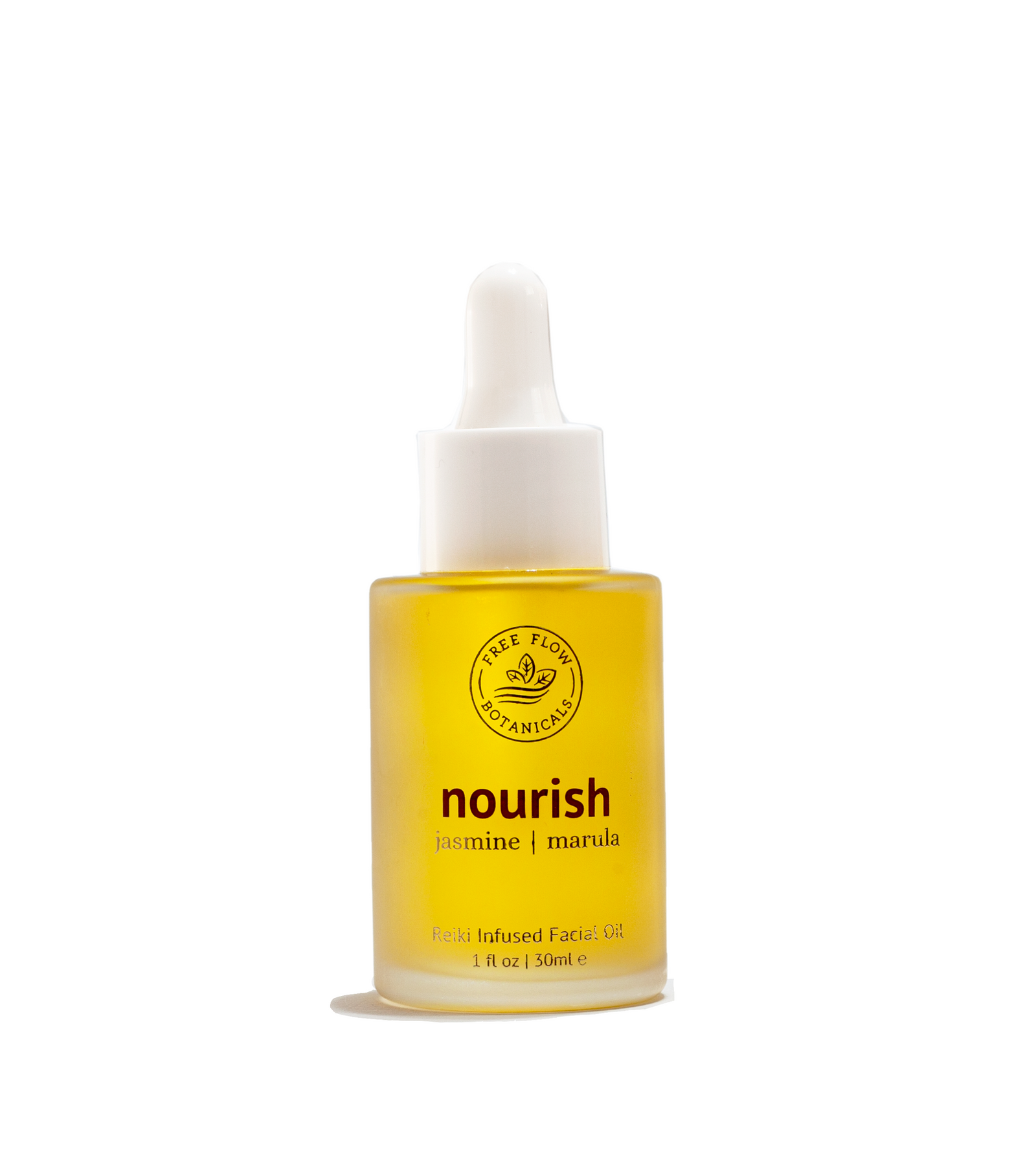
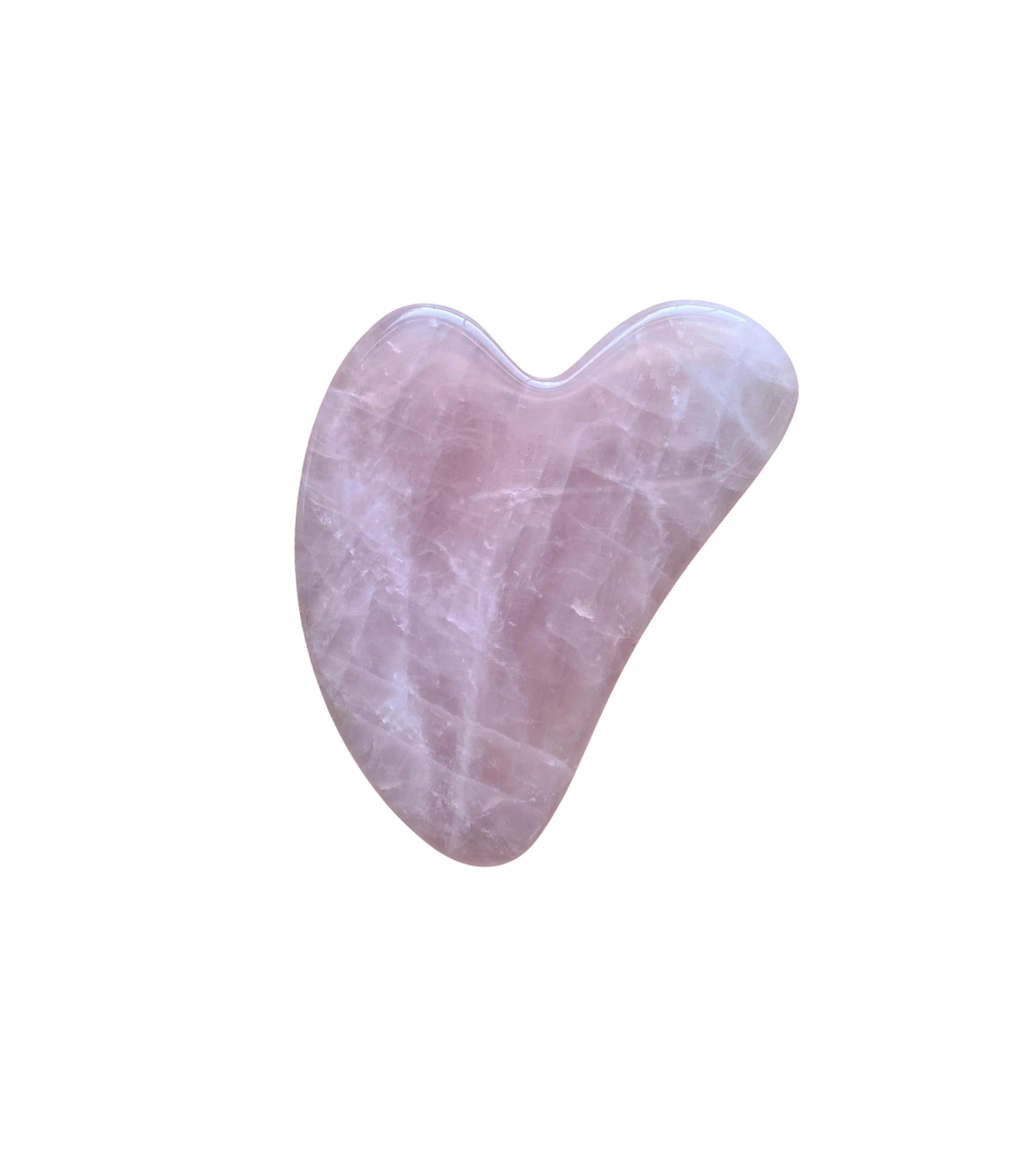
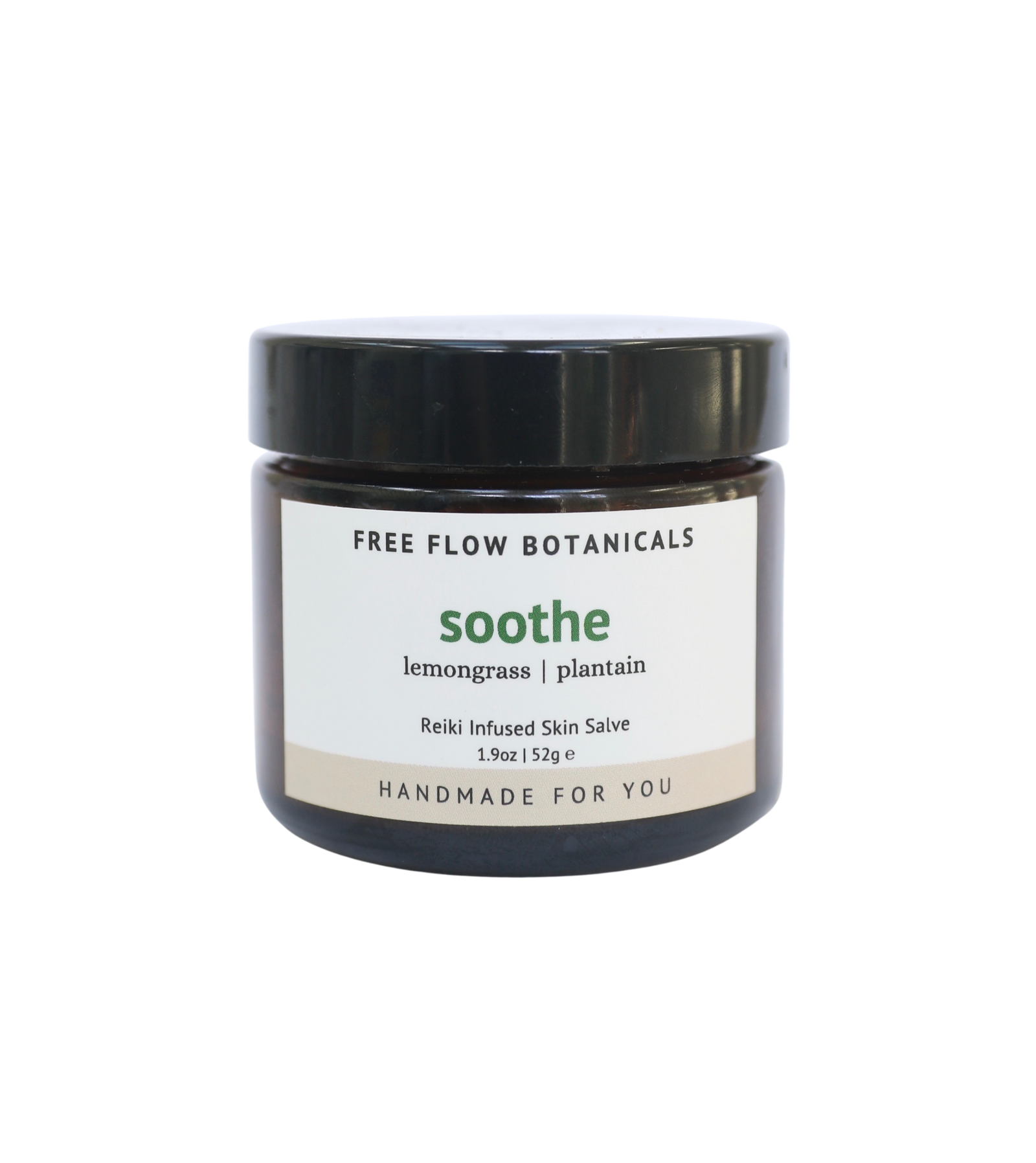
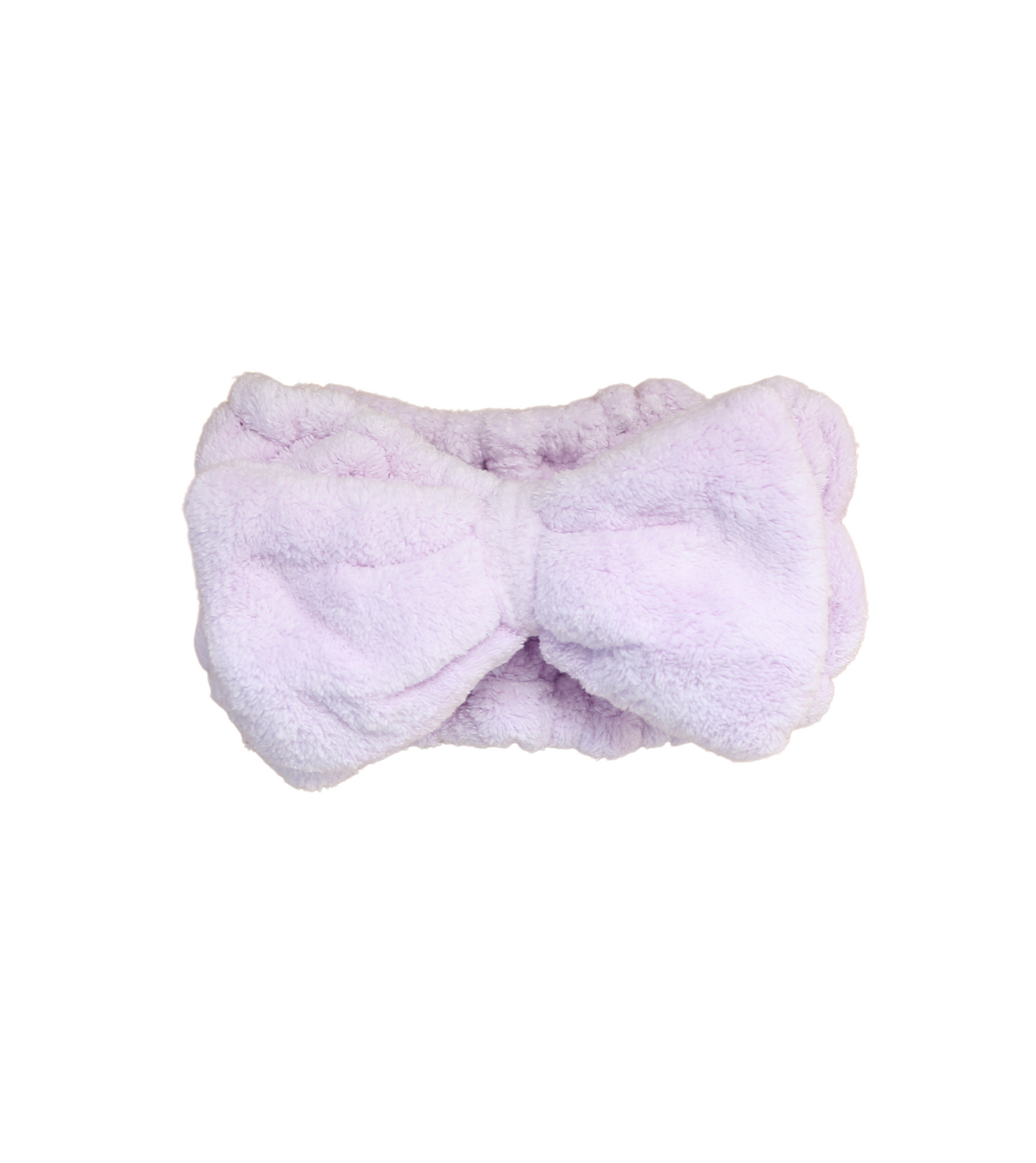
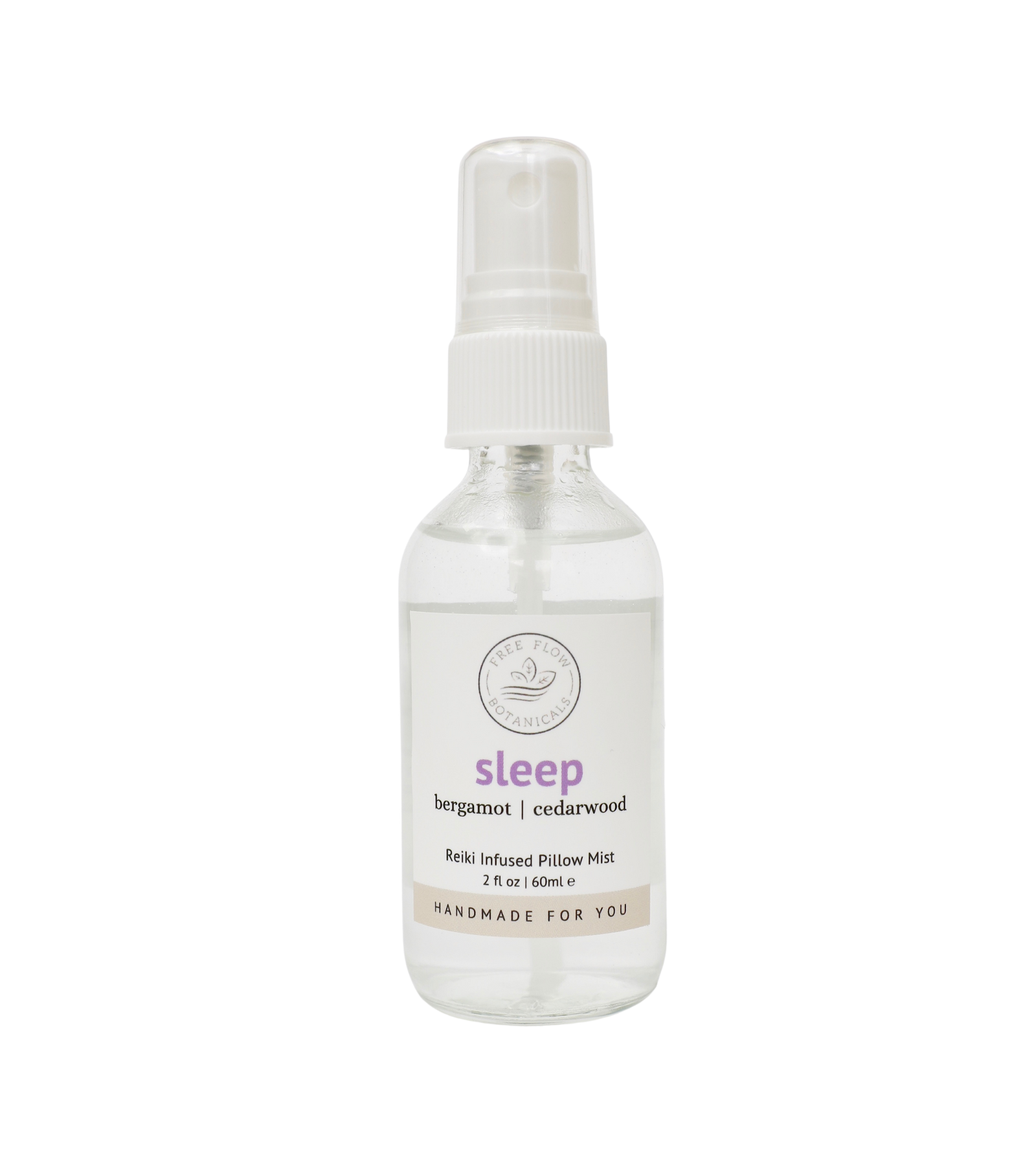
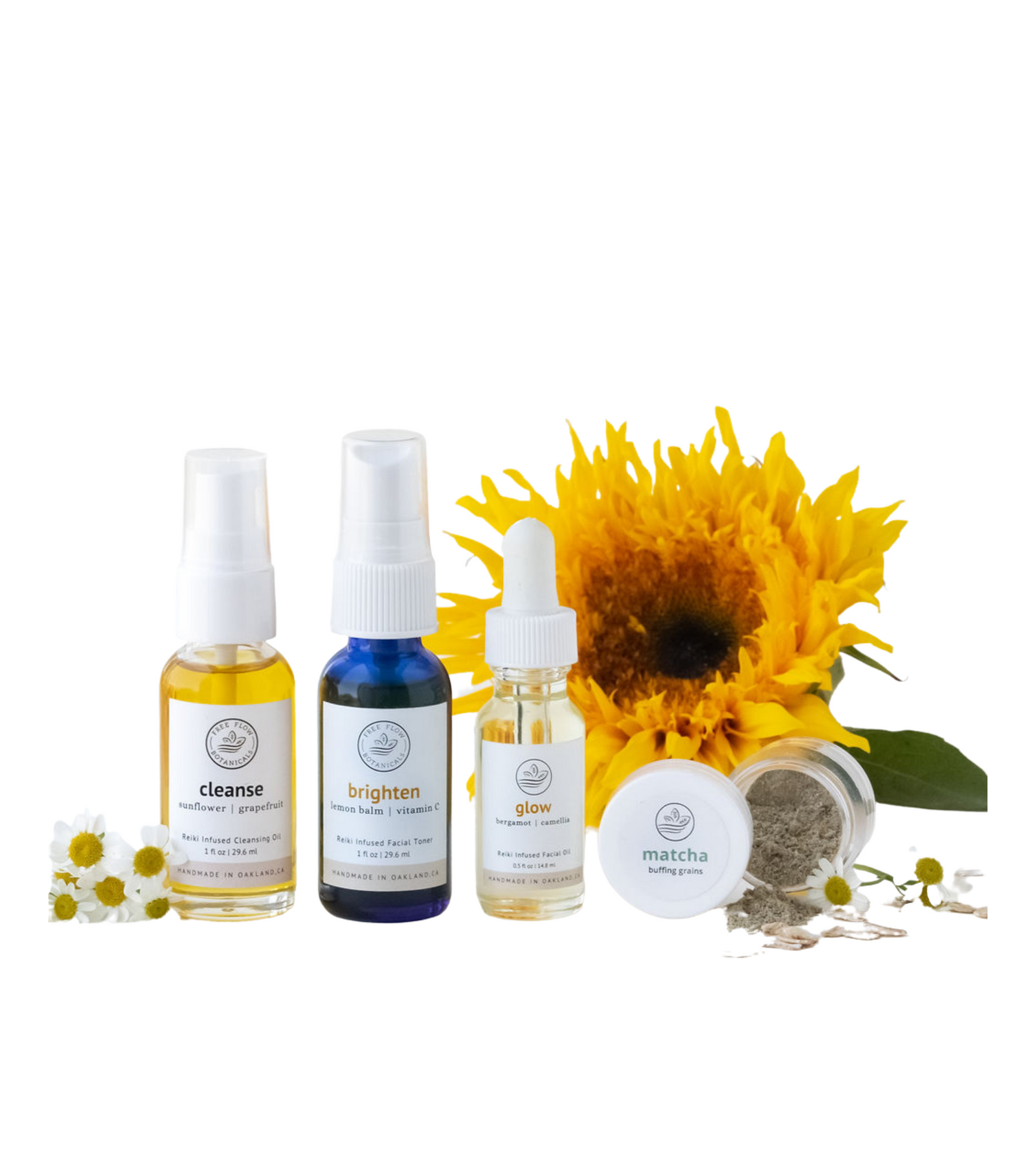
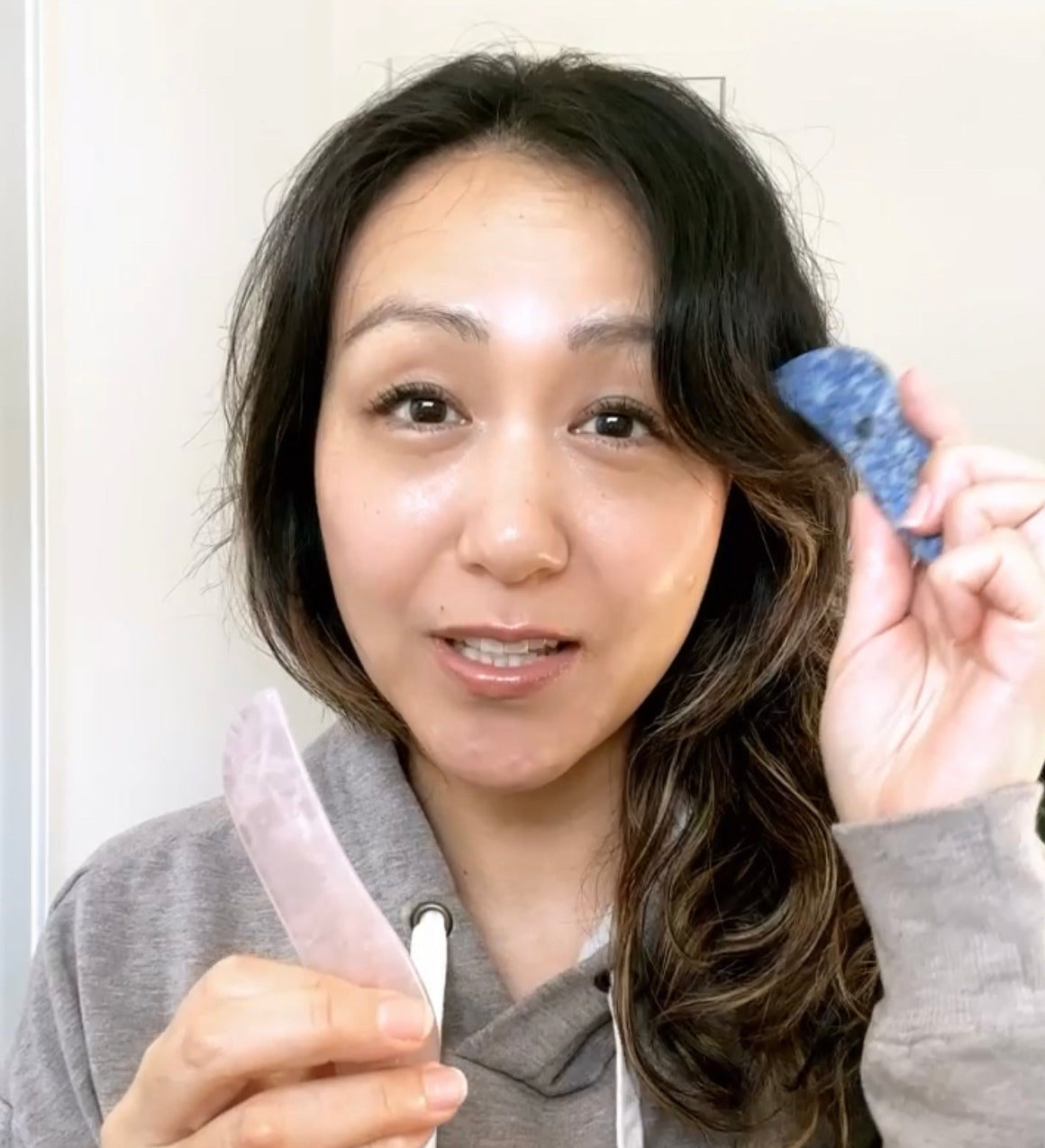
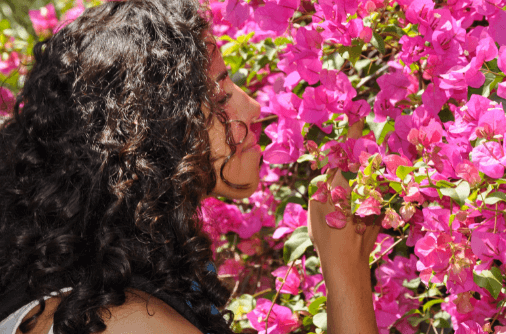
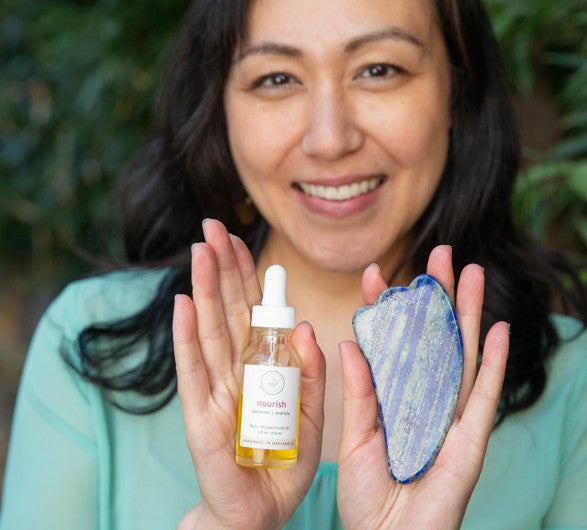

Leave a comment (all fields required)